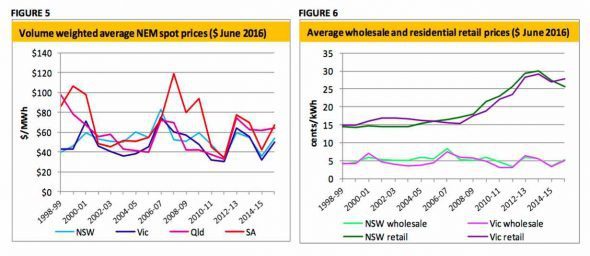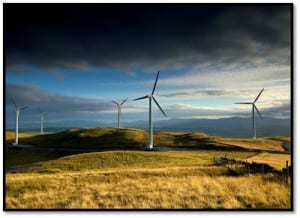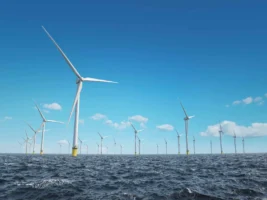Cheap Energy. It is often stated as one of Australia’s great economic advantages, and something that will be ruined by the pursuit of climate change policies and clean energy.
But who in Australia actually does enjoy cheap energy? Households and most business consumers don’t: they face the some of the highest electricity costs in the world, thanks to the imposts put upon them by network operators and the oligopoly of fossil fuel generators.
The irony is that even brown coal generators such as Northern power station and Hazelwood say that wholesale electricity prices in Australia are not high enough to justify their continued operation.
As energy Hugh Saddler, writes in his latest monthly report from Pitt & Sherry and The Australia Institute, Australia’s wholesale electricity prices – in real terms – have hardly budged in the last few decades.
And one of the principal reasons is the impact of renewable energy, which have helped to bring down wholesale prices from where they would otherwise be.
This graph (above) illustrates his argument. On the left are the average wholesale prices for all states since the creation of the National Electricity Market nearly 20 years ago. Note the historically high South Australian wholesale prices, when the state relied only on brown coal and gas.
On the right are the average prices for Victoria and NSW only, compared to the average retail price in those states. As is clear, retail prices have doubled – thanks mostly to the more than doubling on network charges and higher margins for the retailers, while wholesale prices have remained subdued.
Saddler uses NSW and Victoria as examples because these are two states with the most ageing coal infrastructure, and where coal generators are likely to retire over the next decade.
The first to go will be Hazelwood in Victoria, which will close by next April, with others expected to follow in both states.
In trying to estimate what will happen when those power stations close, Saddler uses a real example of the Eraring power plant, which has as significant role in the NSW market, as Hazelwood does in Victoria, and which was closed for repairs in October.

Since early 2014, Saddler notes, Eraring has been supplying about one quarter of the average minimum grid demand (so‐called “base load”) in NSW, which is about the same proportion as Hazelwood supplies to Victoria.
Over the first ten days of October, the four 720MW turbo‐alternators at Eraring were progressively shut down for scheduled power station maintenance. The graph above shows that NSW spot prices went up sharply on the day Eraring’s last machine was shut down on October 10. Prices have stayed high since then.
Saddler says the table also shows an interesting inverse relationship between NSW wholesale prices (in pink) and wind generation across the three mainland states in southern Australia (in green). “Note the almost exact relationship in timing between changes in wind generation and changes in spot price.”
The strength of this relationship is noteworthy, as contributions to meeting the supply shortfall have come not from wind, but from increased output from the other NSW black coal power stations, especially Vales Point, increased imports from Victoria and Queensland, increased hydro generation, and slightly reduced demand.
“Even though wind generation is a small contributor to NSW supply, it has a surprisingly large effect on wholesale prices, even in NSW, where at present wind generators supply less than 3% of total consumption within the state. This is the so‐ called merit order effect.
“The ability of wind generation to reduce spot prices is undoubtedly a benefit to electricity consumers.”
But he notes that in the longer run, however, this presents operational challenges to the NEM as presently designed.
One of the issues is about the long term trend of wholesale prices. Because of excess supply – prices in both NSW and Victoria states have been below the long run cost of new supply.
This is crucial because many coal generators will need to be retired in coming years, so new capacity will need to be installed from somewhere.
“If the closure of Hazelwood increases average wholesale prices by $20 per MWh it will not be a calamitous impost caused by misguided policies,” Saddler writes, pointing to the criticism of renewable energy policies.
“It will be a long postponed move to what many economists, and others, would see as an efficient level of prices in the wholesale electricity market.”
Saddler points to the APGT study which say any new generation will be more expensive than current wholesale prices, but as Innes Willox from the Australian Industry Group pointed out last month, that report overestimated the costs of wind and solar, which are clearly now the cheapest forms of new generation.











